Objective: Bone resorption of maxillary ridges is an unavoidable process that occurs after tooth extraction. Many treatment alternatives have been proposed to facilitate implant placement in these scenarios. Drawbacks such as morbidity, cost and excessive resorption owing to the procedure have prompted clinicians to seek biomaterials as an alternative to autogenous bone. The objective of this article was to review the current state of the art by means of the biological and physical properties of biomaterials used for block grafting in atrophic maxillary ridges. Secondly, it was aimed herein at presenting the clinical and histological findings when using these biomaterials.
Materials and methods
An electronic and manual literature search was conducted by two independent reviewers using several databases, including MEDLINE, EMBASE, Cochrane Central Register of Controlled Trials and Cochrane Oral Health Group Trials Register databases, for articles written in English up to June 2016. Owing to the heterogeneity of the findings, quantitative assessment could not be conducted. As such, a narrative review was carried out on the biological and physical aspects of biomaterials used for block grafting.
Results
Both allogeneic and xenogeneic block grafts have been developed to overcome deficiencies of autogenous grafts. Allogeneic block grafts have been widely investigated, but there is a lack of long-term follow-up. On the contrary, xenogeneic block grafts have only limited scientific evidence of their suitability for ridge reconstruction.
Conclusion
Allogeneic and xenogeneic bone block grafts represent a promising alternative to autogenous bone for ridge augmentation. Nonetheless, the evidence supporting xenogeneic block graft usage remains minimal; hence, more long-term human studies are needed to validate their effectiveness. In addition, using prefabricated scaffolds impregnated with growth factors provides an interesting field to be further explored.
Editorial note: The full article was published in the 1/2017 issue of the Journal of Oral Science and Rehabilitation. It can be accessed free of charge at www.dtscience.com.
Computer-aided design/computer-aided manufacturing (CAD/CAM) technologies may improve application of titanium scaffolds, onlay techniques and guided bone ...
SILVER SPRING, Md., US: The US Food and Drug Administration (FDA) has finalised guidance on animal studies for dental bone grafting material devices, aiming...
DUBAI, UAE: Augmentation of an insufficient bone volume is indicated before or in conjunction with implant placement to gain long-term functioning and an ...
A high clinical evidence of grafting procedures from extraoral autologeous donor sites like i.e. from the iliac crest in difficult bone loss ...
The most important innovation in recent years in the field of guided bone regeneration (GBR) is customised CAD/CAM titanium meshes, which allow for ...
VIENNA, Austria: Nobel Biocare’s corporate forum at EuroPerio11 is set to be a highlight of the congress. Taking place on Friday, 16 May from 12:30 to ...
Bone grafts are used as a filler and scaffold to facilitate bone formation and promote wound healing if necessary. Bone grafting is possible because bone ...
Objective: Compared with hydroxyapatite, alpha-tricalcium phosphate (α-TCP) is more biodegradable and shows better integration during physiological ...
In the case presented, the treatment plan was to place a single implant in the aesthetically demanding anterior maxillary region in the place of the left ...
BASEL, Switzerland/Birmingham, Ala., US: NovoMatrix reconstrictive tissue matrix remodels into the patient’s own tissue. This results in improved bone ...
Live webinar
Tue. 2 December 2025
8:00 pm EST (New York)
Dr. Magda Feres DDS, MSc, DMSc, Dr. Ira Lamster DDS, MMSc, Editor-in-Chief
Live webinar
Wed. 3 December 2025
6:00 am EST (New York)
Luís Lourenço, Dr. Nokukhanya Makwakwa
Live webinar
Wed. 3 December 2025
9:00 am EST (New York)
Live webinar
Wed. 3 December 2025
12:00 pm EST (New York)
Live webinar
Thu. 4 December 2025
6:00 am EST (New York)
Live webinar
Thu. 4 December 2025
12:00 pm EST (New York)
Live webinar
Thu. 4 December 2025
1:00 pm EST (New York)



 Austria / Österreich
Austria / Österreich
 Bosnia and Herzegovina / Босна и Херцеговина
Bosnia and Herzegovina / Босна и Херцеговина
 Bulgaria / България
Bulgaria / България
 Croatia / Hrvatska
Croatia / Hrvatska
 Czech Republic & Slovakia / Česká republika & Slovensko
Czech Republic & Slovakia / Česká republika & Slovensko
 France / France
France / France
 Germany / Deutschland
Germany / Deutschland
 Greece / ΕΛΛΑΔΑ
Greece / ΕΛΛΑΔΑ
 Hungary / Hungary
Hungary / Hungary
 Italy / Italia
Italy / Italia
 Netherlands / Nederland
Netherlands / Nederland
 Nordic / Nordic
Nordic / Nordic
 Poland / Polska
Poland / Polska
 Portugal / Portugal
Portugal / Portugal
 Romania & Moldova / România & Moldova
Romania & Moldova / România & Moldova
 Slovenia / Slovenija
Slovenia / Slovenija
 Serbia & Montenegro / Србија и Црна Гора
Serbia & Montenegro / Србија и Црна Гора
 Spain / España
Spain / España
 Switzerland / Schweiz
Switzerland / Schweiz
 Turkey / Türkiye
Turkey / Türkiye
 UK & Ireland / UK & Ireland
UK & Ireland / UK & Ireland
 Brazil / Brasil
Brazil / Brasil
 Canada / Canada
Canada / Canada
 Latin America / Latinoamérica
Latin America / Latinoamérica
 USA / USA
USA / USA
 China / 中国
China / 中国
 India / भारत गणराज्य
India / भारत गणराज्य
 Pakistan / Pākistān
Pakistan / Pākistān
 Vietnam / Việt Nam
Vietnam / Việt Nam
 ASEAN / ASEAN
ASEAN / ASEAN
 Israel / מְדִינַת יִשְׂרָאֵל
Israel / מְדִינַת יִשְׂרָאֵל
 Algeria, Morocco & Tunisia / الجزائر والمغرب وتونس
Algeria, Morocco & Tunisia / الجزائر والمغرب وتونس
 Middle East / Middle East
Middle East / Middle East


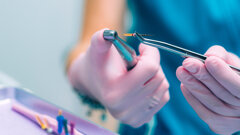
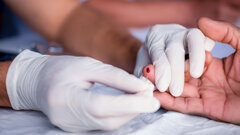







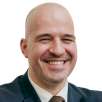











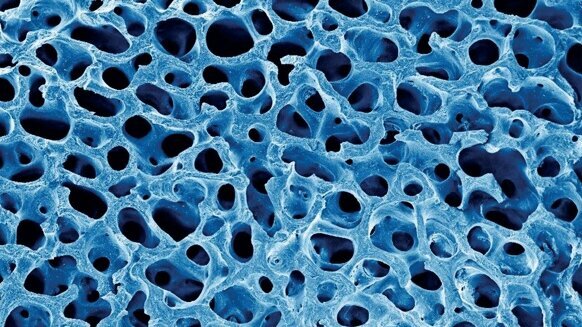
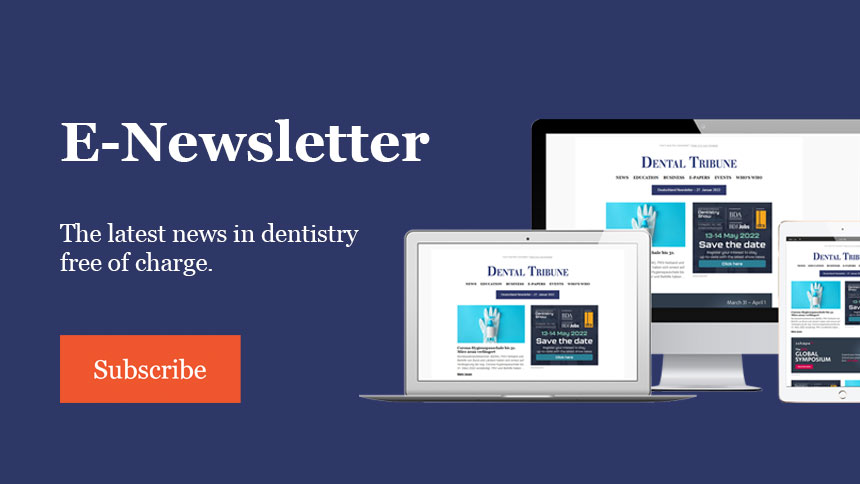


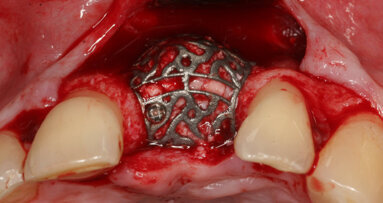
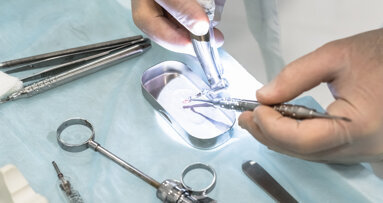
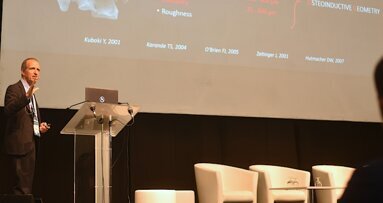
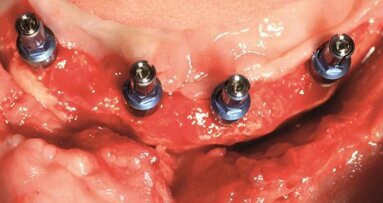
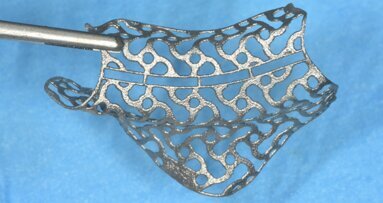
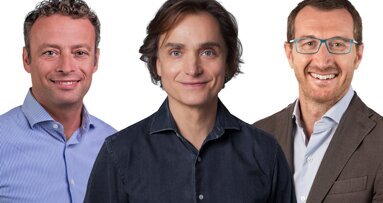
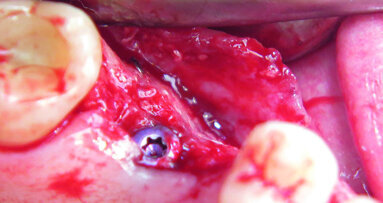

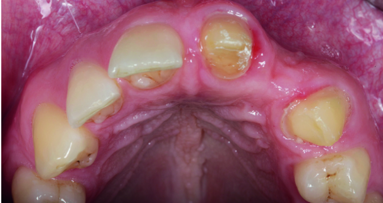






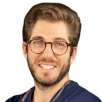



To post a reply please login or register